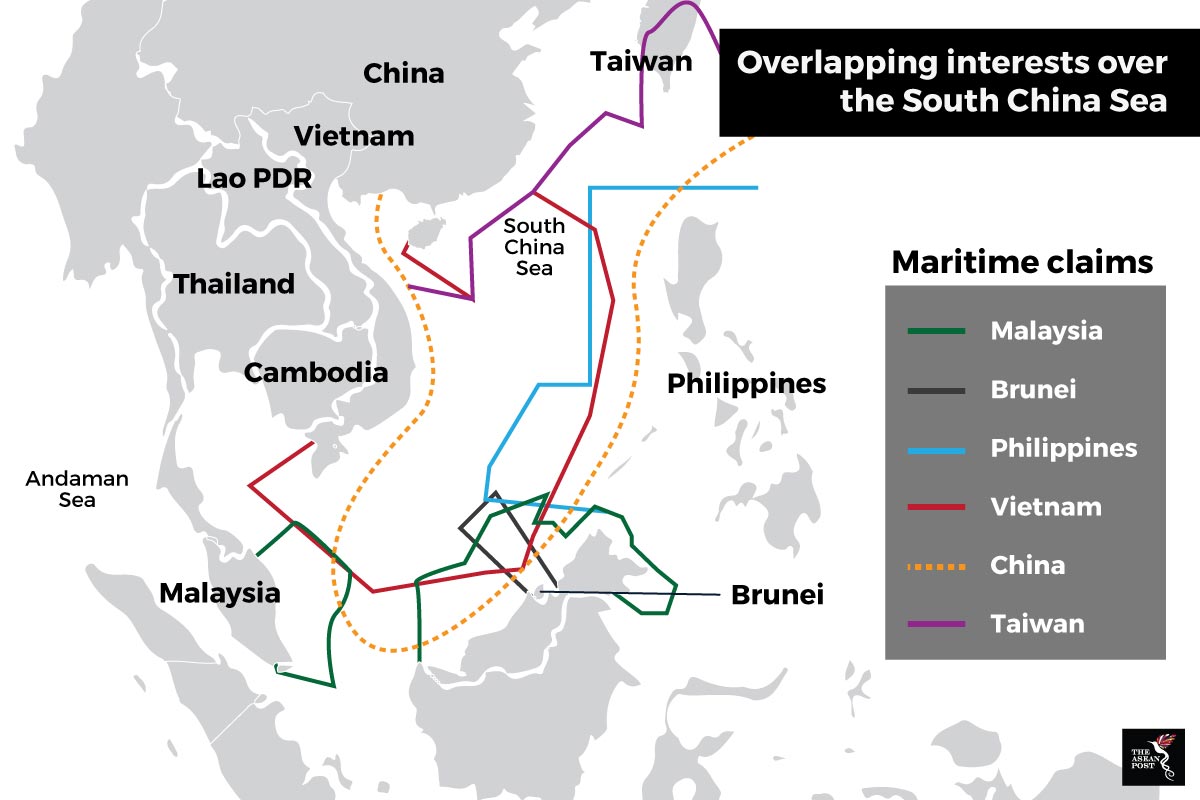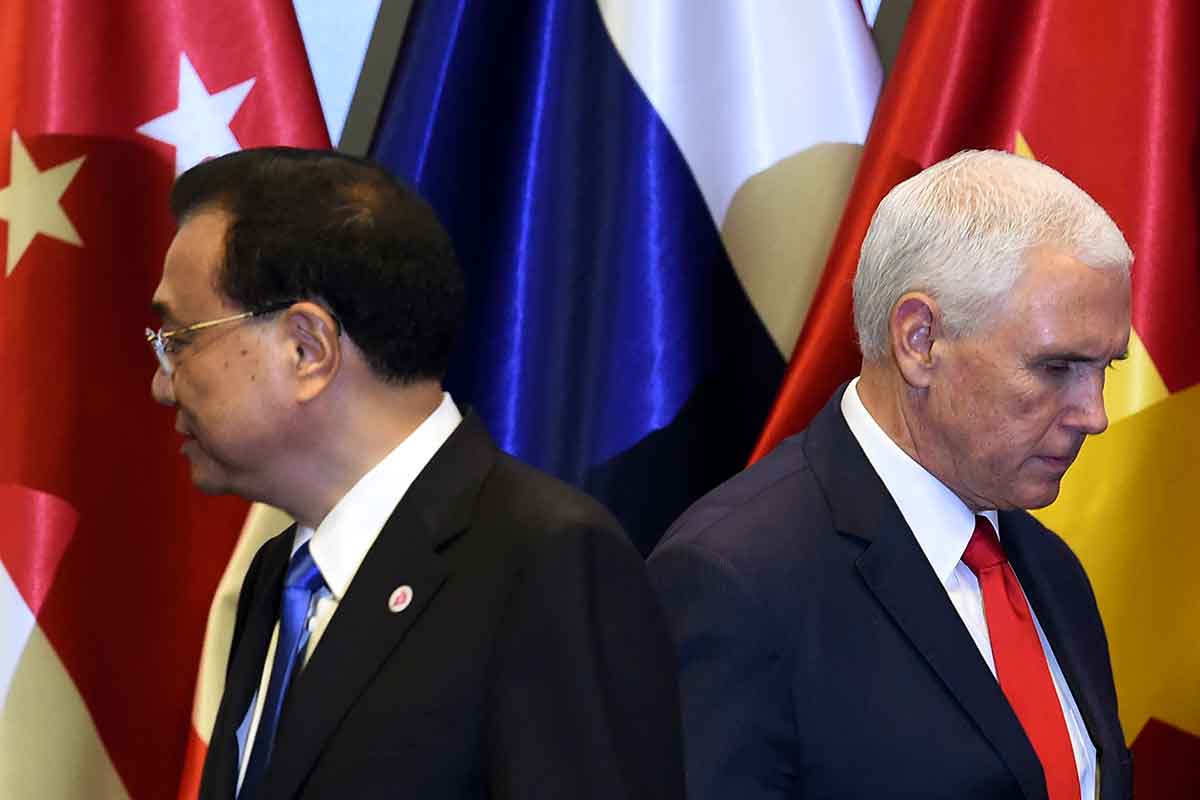At the recently concluded 33rd ASEAN Summit, ASEAN member states expressed their desire to complete the Single Draft Negotiating Text for the Code of Conduct (COC) by next year to resolve the maritime dispute in the South China Sea.
“ASEAN and China have seen steady progress in the initial phase of the COC negotiations since the announcement of a Single Draft COC Negotiating Text, and look forward to the completion of the first reading of the Single Draft COC Negotiating Text by 2019,” Duterte said in an ASEAN-China common statement at the 21st ASEAN-China Summit in Singapore.
Over the past five years, issues in the South China Sea have only grown more complex. Claiming a historical right over most of the South China Sea and disregarding the Philippines’ victory against its claims at the Permanent Court of Arbitration, China’s presence in the disputed waters has become more prominent. The world’s second largest economy has made no secret of its presence there which allegedly includes the deployment of anti-ship missiles, surface-to-air missiles, and electronic jammers, and, more recently, the landing of a nuclear-capable bomber aircraft at Woody Island.
Meanwhile, the United States (US) has expressed concern over China’s activities there. The US has conducted a series of “freedom of navigation” exercises along with its allies Australia to maintain its presence there as well as to keep China in check. Also present at the recent ASEAN Summit was US Vice President Mike Pence, who warned leaders that the Indo-Pacific was no place for “aggression”.
"The South China Sea doesn't belong to any one nation, and you can be sure: The United States will continue to sail and fly wherever international law allows and our national interests demand," Mr Pence said.
 Source: Various
Source: Various
Code of Conduct
As disputes in the South China Sea grow more complex each day, ASEAN and China have agreed to work on a COC to manage South China Sea maritime and territorial disputes. There is already an existing Declaration on the Conduct of Parties in the South China Sea established in 2002, however this declaration is non-binding. In August this year, ASEAN and China announced an agreement on a Single Draft Negotiating Text (SDNT) that will serve as the basis for the adoption of a COC in the South China Sea.
The adoption of the draft indicates that both parties are moving in the right direction. Chinese Premier Li Keqiang mentioned in Singapore during the summit that he is hoping negotiations will be concluded by 2021.
“The single draft negotiating text is not merely a technical term, but an indication that China and ASEAN have reached consensus on ensuring peace and stability, freedom of overflight and navigation in the South China Sea," Li said.
Many observers however point out that China could have an added advantage during the negotiation process by virtue of having already established a presence in the South China Sea. Conversely, there are also concerns that the US is flexing its muscles to influence the negotiations, forcing ASEAN countries to choose a side which could inadvertently jeopardise the negotiation process.
While the SDNT has been adopted, many are still sceptical that negotiations could come to an actual conclusion. Much of what has been discussed and agreed upon has been vague at best but actual specifics have yet to be discussed. This includes the geographic scope of the South China Sea which analysts have said is not properly defined in the document.
In addition to that, while the COC is intended to manage and resolve disputes, the SDNT does not mention any dispute settlement mechanism. According to leaked documents, Indonesia and Vietnam have reportedly suggested that parties to the COC will be able to take disputes to the High Council under the ASEAN Treaty of Amity and Cooperation.
For now, we can only be cautiously optimistic that disputes in the South China Sea will end. There are still plenty of details to iron out but above all, it requires the political will of all parties involved to ensure stability and peace on the region’s seas.
Related articles:
The Philippines and China: Two years since the PCA
Fishy business in the South China Sea
Is Beijing unstoppable in the South China Sea?
